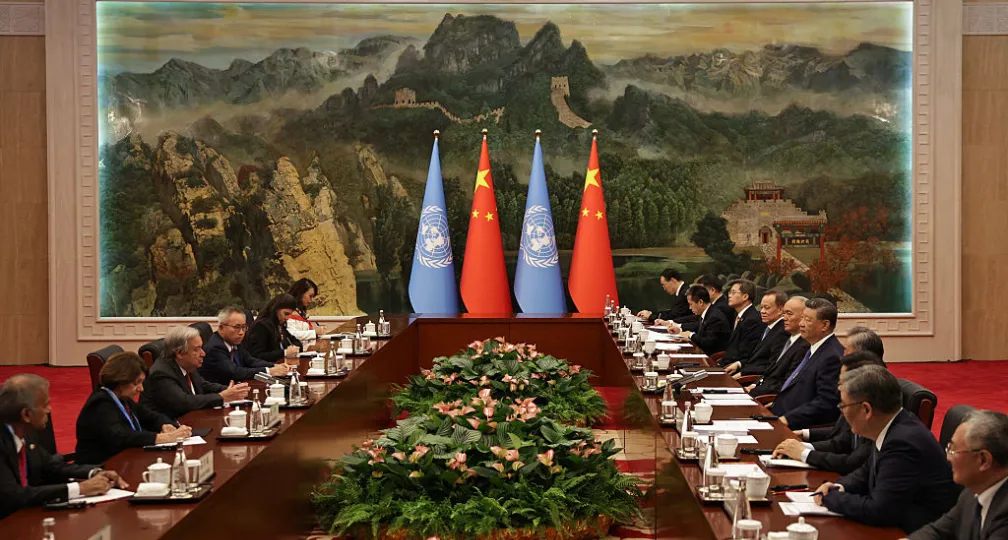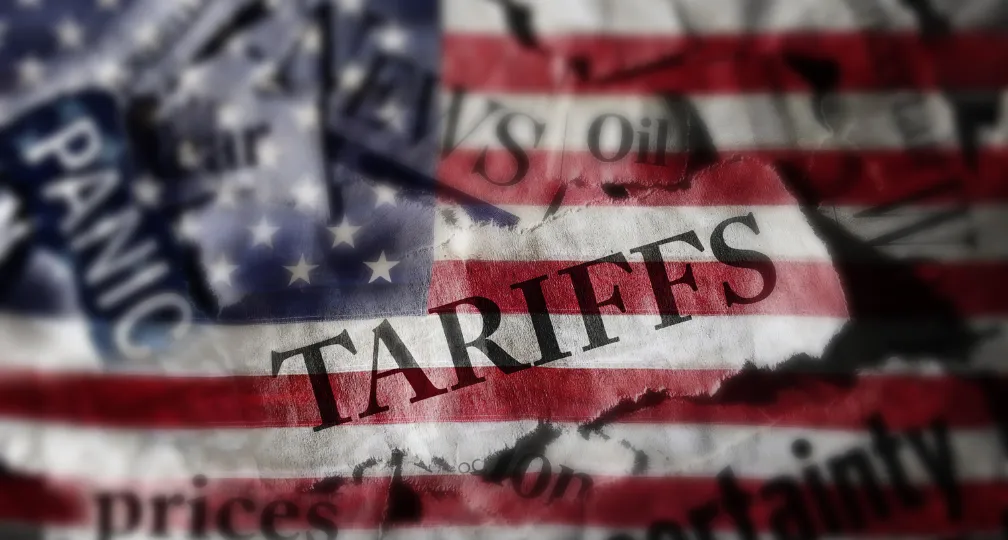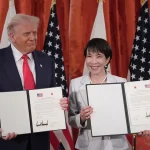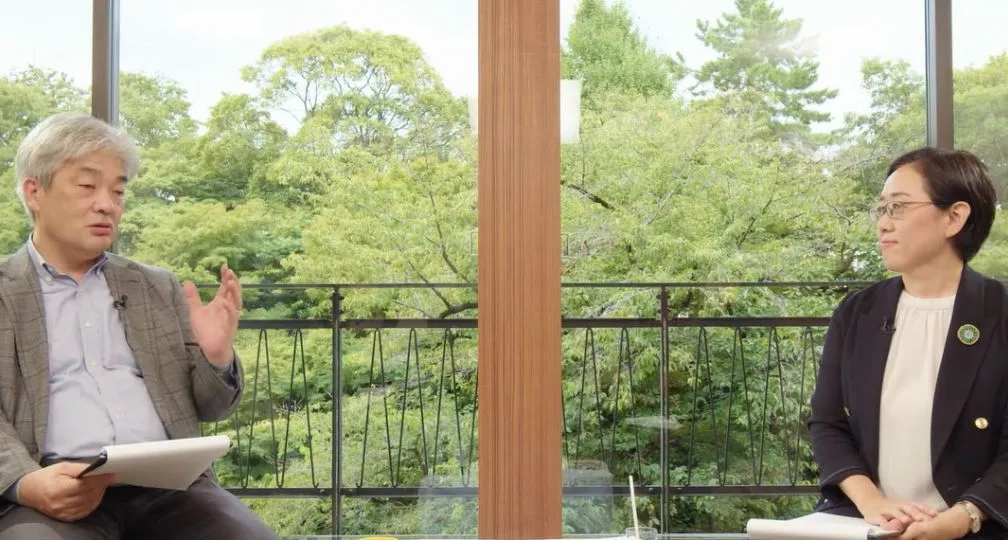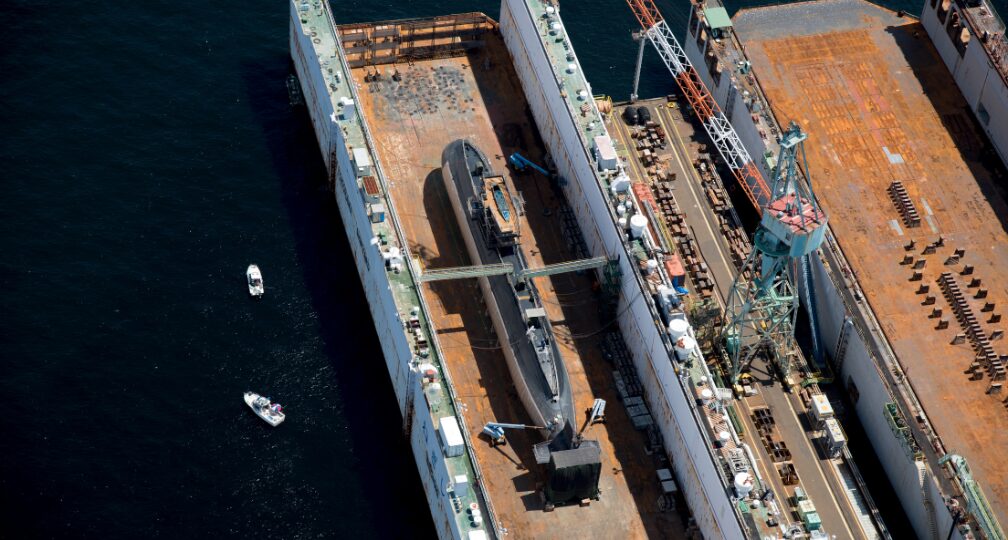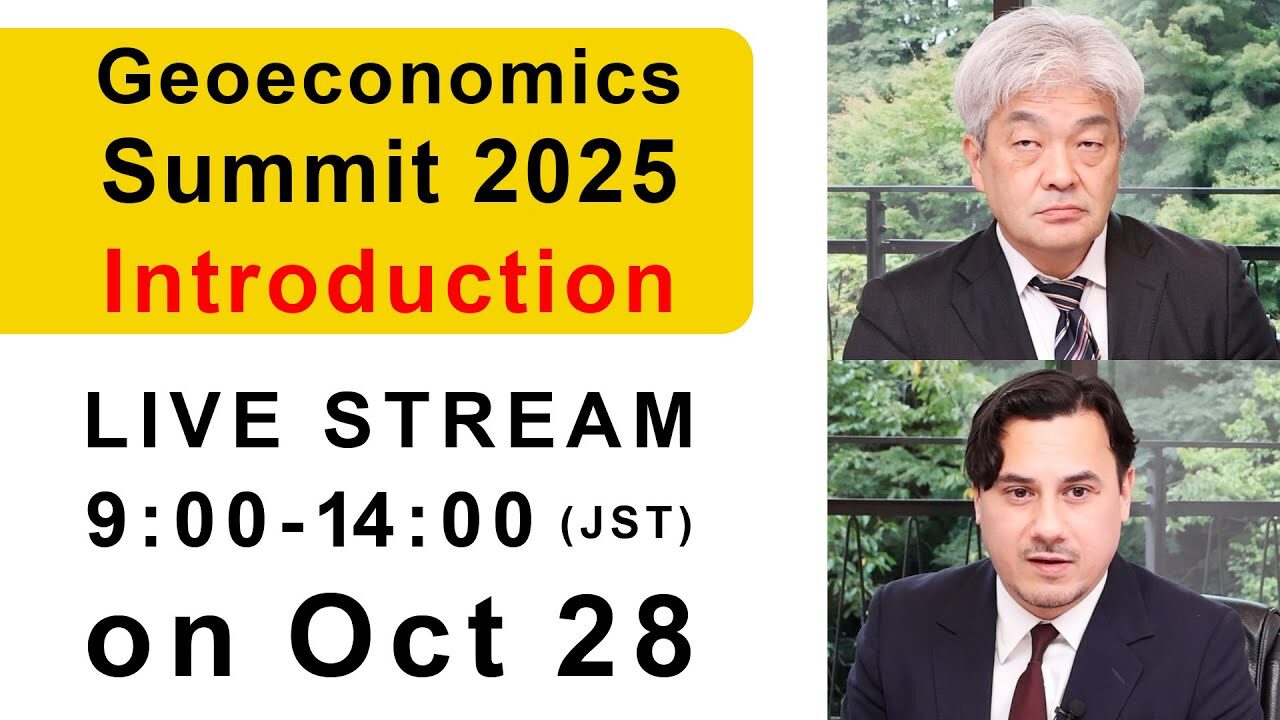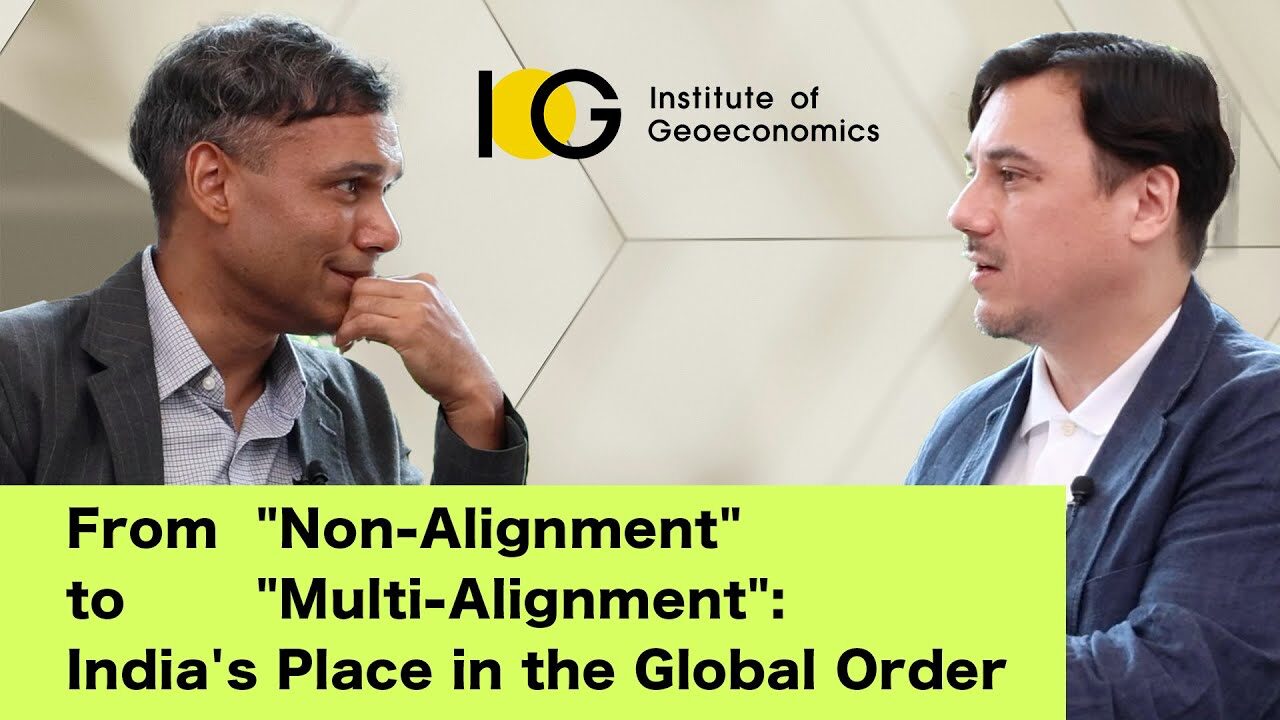How to stop the dominoes of war from falling in East Asia
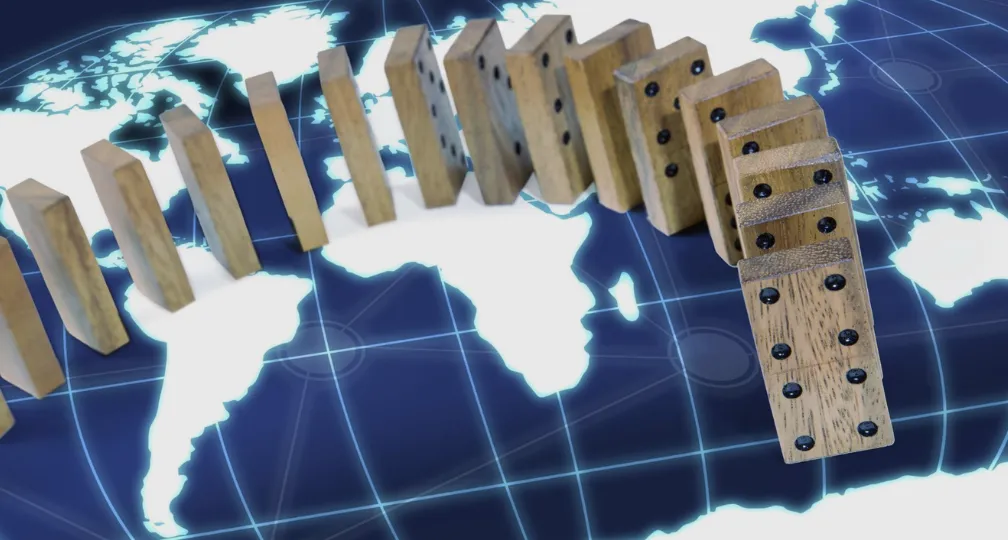
Lieutenant General, Japan Air Self-Defense Force (Ret.)
The dominoes of war are falling amid chaotic international order. The Russia-Ukraine war has entered its third year and the fires of war in the Gaza Strip are causing sparks to fly over the entire Middle East. Countries that don’t hesitate to change the status quo by force are joining hands and neglecting the rules that served to maintain international order after World War II, while the United States, which built and upheld those rules, is suffering from domestic divide and is exhausted from playing the role of a guardian of order.
East Asia has two giant powder kegs — the Taiwan Strait and the Korean Peninsula. What is necessary to prevent the war dominoes from falling onto those powder kegs? Now that the threshold for war is gradually being lowered, not only Western countries but the entire international society, including China, must think seriously and take action to avoid a global catastrophe.
Destroyed by war
The Russia-Ukraine war has already resulted in casualties totaling 500,000 in both countries, including the deaths of 31,000 soldiers and 10,000 civilians from Ukraine. The number of people killed in Gaza topped 30,000 at the end of February and continues to rise. Wars take away the lives of a massive number of people and destroy the most important rule of international order, which is protecting basic human rights. Purges and the suppression of people who rebel against authoritarian regimes take away freedom, a common value of humanity.
It is estimated that Ukraine will lose about $120 billion in gross domestic product (GDP) by 2026 as cities and infrastructure have been destroyed, stagnating economic activity. If Ukraine loses its territories occupied by Russia, which amounts to 18% of the country, Article 2(4) of the United Nations Charter, which prohibits threats or use of force except for self-defense purposes, would be neglected and the mainstay of international law would be severely hurt. Unless such ongoing destruction is suspended, new international order controlled by blunt military power will arise.
While aiming for the recovery of liberal international order that existed before the war, it is necessary to come up with a new security order backed with legitimate power. Countries must prioritize cease-fires to prevent loss of life that cannot be restored, then work to reassert the authority of international law by investigating war crimes, and support economic restoration, even if it takes time. Paving the way for such moves without allowing invaders any benefits will be the first step to half the dominoes of war.
Impact of war in East Asia
The Center for Strategic and International Studies (CSIS), a U.S. think tank, said in its report “The First Battle of the Next War,” published in January last year, that according to a war game for a Chinese amphibious invasion of Taiwan developed by the institution, the U.S., Taiwan and Japan could defeat a conventional amphibious invasion by China and maintain an autonomous Taiwan in most scenarios, but this defense comes at an enormous cost for all the countries. Thus the report concludes that “victory is not everything.” As its title indicates, the report is limited to an analysis of the initial strikes of a war and does not go into discussing the end of the war and the postwar world. However, war is certain to bring about great chaos.
Right before the Taiwanese presidential election in January, Bloomberg Economics released an estimate that war over Taiwan would cost around $10 trillion, equal to about 10% of global GDP — dwarfing the blow from the war in Ukraine or the COVID-19 pandemic. Under Bloomberg Economics’ scenario, in the case of a war over Taiwan, China’s GDP would suffer a 16.7% blow, with relations with major trade partners cut off and no access to advanced semiconductors. It is necessary to make Chinese leader Xi Jinping recognize such an outcome, which would be unacceptable also to Beijing.
Furthermore, military confrontations between the U.S. and China carry the risk of escalation to a nuclear war. This being the case, a war in East Asia would definitely lead to a global catastrophe and it is something that should be deterred through cooperation around the world, including China. Just as nuclear deterrence functions under a common recognition of mutually assured destruction, countries must share among themselves the recognition of the destructive impact that a war in East Asia would bring to the world, and work to deter wars by adopting the “crystal ball effect” — the notion that the risks of nuclear war are very low given leaders’ knowledge of the destruction that the initiation of such a war would cause.
Dominoes of war in East Asia
A number of dominoes are lined up ahead of the last piece — a war in East Asia. The pieces that led to Russia’s invasion of Ukraine on Feb. 24, 2022, included the NATO leaders’ summit in 2008, at which members welcomed aspirations by Ukraine and Georgia to join the alliance; Russia’s annexation of Crimea in 2014 followed by armed conflicts in the eastern Ukrainian regions of Donetsk and Luhansk; and Russia building up forces near Ukraine’s borders in 2021.
The dominoes that led to the Hamas militant group’s surprise attack on Israel on Oct. 7 are detailed in a previous article in this series by Masaki Mizobuchi. Such cases show that once the dominoes of war start falling, damage becomes devastating and it becomes extremely difficult to bring the situation under control. Thus, it is important to visualize many small dominoes that lead to the falling of a catastrophic piece so that they can be fixed or removed beforehand.
Moreover, dominoes of war sometimes synchronize across different regions. Wars that proceed simultaneously in Eastern Europe and the Middle East are affecting the U.S.’ decisions to get involved and its resources for involvement, destabilizing a crucial element in East Asia — the U.S.’ deterrence capability. This is being further shaken by the growing possibility of former U.S. President Donald Trump, who advocates an America First policy, being reelected as president.
NATO member states and countries like Japan that are oriented toward maintaining the status quo must continue convincing Washington that U.S. engagement is necessary also for the sake of the U.S. And if either of the two powder kegs in East Asia is ignited, there is a danger of it setting off the other. A lesson should be learned from Hamas’ surprise attack, and countries should be on alert for any possible military adventurism from North Korea.
North Korean leader Kim Jong Un declared in January that peaceful unification with South Korea was no longer possible and called for a change to the constitution to identify South Korea as a “primary foe and invariable principal enemy.” His stance toward Seoul is growing even harsher as Pyongyang strengthens military cooperation with Russia. Preparations are needed to predict the risk of limited attacks by North Korea, like the 2010 artillery bombardment of Yeonpyeong Island in South Korea or the sinking of South Korean navy ship Cheonan in the same year, and avoid the big domino on the Korean Peninsula from falling inadvertently.
Dominoes in Taiwan
Xi has repeatedly claimed that resolving the Taiwan issue and achieving the “reunification” of the motherland is a historical inevitability in realizing the rejuvenation of the Chinese nation, and that China will never promise to renounce the use of force and will reserve the option of taking all measures necessary.
Meanwhile, in Taiwan, in January voters elected as the next president Lai Ching-te of the Democratic Progressive Party (DPP), who has promised to stick to the status quo concerning the island’s relations with China, following the policies of his predecessor, Tsai Ing-wen. While Lai has been known as an independence-seeker, Beijing has, so far, not taken any action beyond indirectly criticizing him by claiming that the DPP does not represent the mainstream public opinion of the island. But the stances of China and Taiwan remain basically irreconcilable, and there is no knowing how long Xi will let Lai maintain the status quo.
China has consistently proceeded with boosting its military capabilities ever since the third Taiwan Strait crisis in 1996, when it conducted a series of missile tests in the waters surrounding Taiwan, and changed the military balance in East Asia in its favor. CIA Director William Burns has repeatedly warned that intelligence shows Xi has instructed his country’s army to be “ready by 2027 to conduct a successful invasion” of Taiwan. Xi’s remarks, made during his frequent inspections of troops, back up the Washington’s concern.
Liu Mingfu, a professor at China’s National Defense University who in 2010 published “The China Dream” — a book that is believed to have had an influence on Xi’s vision of “the great rejuvenation of the Chinese nation” — released a sequel to the book, “China’s dream of the Strong Army Nation,” in China in October 2020. In the book, Liu advocates a new type of war for reunification, arguing that such a war should be launched at the most advantageous time. Taking into account his argument, in order to avoid China from toppling the domino by the use of force, it is crucial to prevent Beijing from thinking the situation or the timing is working in its favor.
The Russia-Ukraine war reveals the brutal truth that military strength ultimately determines the winner. Therefore, what supports this domino from falling in East Asia is the combined power of the Taiwanese military, the assisting U.S. forces and the Japan-U.S. alliance that outstrips the People’s Liberation Army of China. It is essential to overcome our vulnerabilities in areas including such new domains as space and cyber, and secure military superiority to control escalation. Full-scale military invasion is not the only option China has to achieve unification with Taiwan. Military coercion and hybrid warfare are placed a step before the domino of war, and it is important not to topple these pieces.
On Jan. 22, the CSIS released the results of a survey of 87 leading experts and former officials from the U.S. and Taiwan. Asked what action China is likely to take in the next five years if its primary goal is to immediately force unification with Taiwan, about 80% of U.S. and Taiwanese experts chose a “highly kinetic joint blockade” — the second most severe action among the six options given — as very likely or likely, the highest percentage for both groups among the options. Beijing has maintained that the Taiwan issue is a purely internal affair for China that allows no foreign interference, and China blocking Taiwan for quarantine or domestic security reasons is an entirely possible scenario.
In August 2022, immediately following a visit to Taipei by then-U.S. House Speaker Nancy Pelosi, China conducted massive military drills around Taiwan that could be seen as a rehearsal of a blockade, and since then has constantly deployed warships near Taiwan and the Senkaku Islands for vigilance and surveillance. The dominoes could fall at any time. Not only Taiwan, but also the countries concerned — including Japan, the U.S., Australia and the Philippines — must make clear their stance that a blockade of Taiwan is not a domestic matter for China and that the international community will definitely unite to help lift the blockade if such an incident occurs.
Eliminating dangerous dominoes
In November, Xi and U.S. President Joe Biden held long talks in person for the first time in a year, and Xi is reported to have told Biden that Taiwan was the biggest, most dangerous issue in U.S.-China ties. While that recognition is correct, it is an issue that brings great risk not only to the U.S.-China relationship, but also to the legitimacy of governance for the Chinese Communist Party.
First of all, it is necessary for countries to share a common recognition over the catastrophe that would be brought about by the falling of the domino of war, raise the bar for war, and conduct constant dialogue and act to eliminate various interlocking pieces at an early stage. Japan should also get involved proactively as a major stakeholder and work to keep the U.S. as an anchor country in East Asia.
[Note] This article was posted to the Japan Times on April 9, 2024:
https://www.japantimes.co.jp/commentary/2024/04/09/world/ukraine-east-asia-domino/
(Photo Credit: Shutterstock)
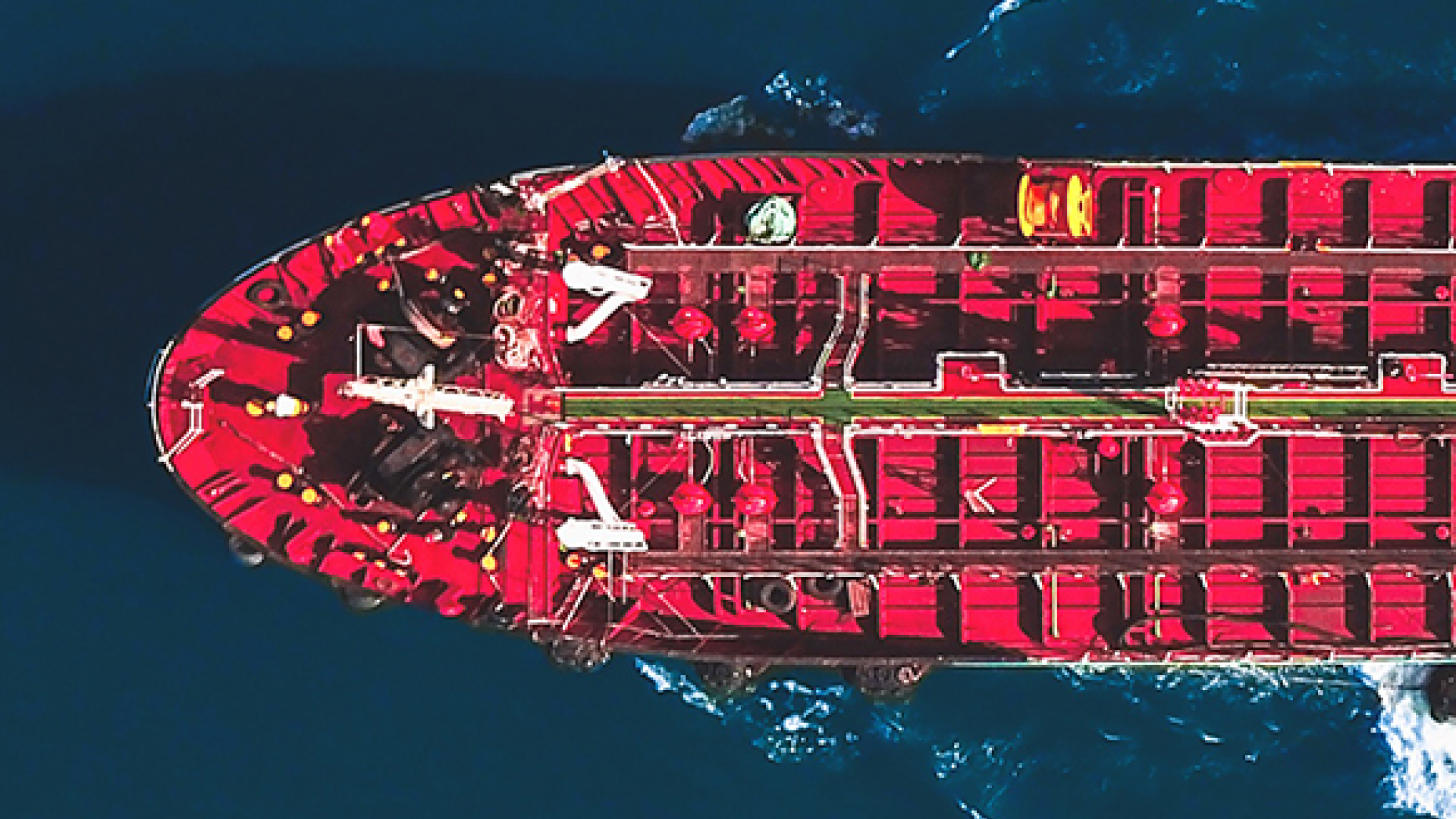
Geoeconomic Briefing
Geoeconomic Briefing is a series featuring researchers at the IOG focused on Japan’s challenges in that field. It also provides analyses of the state of the world and trade risks, as well as technological and industrial structures (Editor-in-chief: Dr. Kazuto Suzuki, Director, Institute of Geoeconomics (IOG); Professor, The University of Tokyo).
Disclaimer: The opinions expressed in Geoeconomic Briefing do not necessarily reflect those of the International House of Japan, Asia Pacific Initiative (API), the Institute of Geoeconomics (IOG) or any other organizations to which the author belongs.
-
 Japan-India Defense in a Fragmenting Indo-Pacific2025.12.10
Japan-India Defense in a Fragmenting Indo-Pacific2025.12.10 -
 The “Economic Security is National Security” Strategy2025.12.09
The “Economic Security is National Security” Strategy2025.12.09 -
 India - Japan: The Glimpse of a Shared Vision2025.12.05
India - Japan: The Glimpse of a Shared Vision2025.12.05 -
 Beijing’s ‘Globalist’ Agenda Under Trump 2.02025.12.01
Beijing’s ‘Globalist’ Agenda Under Trump 2.02025.12.01 -
 Trump’s Tariffs Might Be Here to Stay – No Matter Who’s in Power2025.11.28
Trump’s Tariffs Might Be Here to Stay – No Matter Who’s in Power2025.11.28
 Event Report: The Trump Tariffs and Their Impact on the Japanese Economy2025.11.25
Event Report: The Trump Tariffs and Their Impact on the Japanese Economy2025.11.25 The Real Significance of Trump’s Asia Trip2025.11.14
The Real Significance of Trump’s Asia Trip2025.11.14 The long road to a South Korea-U.S. trade deal2025.11.26
The long road to a South Korea-U.S. trade deal2025.11.26 India’s Structural Reforms: Opportunities and Risks2025.11.14
India’s Structural Reforms: Opportunities and Risks2025.11.14 Can Takaichi Build on a Successful Summit?2025.10.31
Can Takaichi Build on a Successful Summit?2025.10.31





